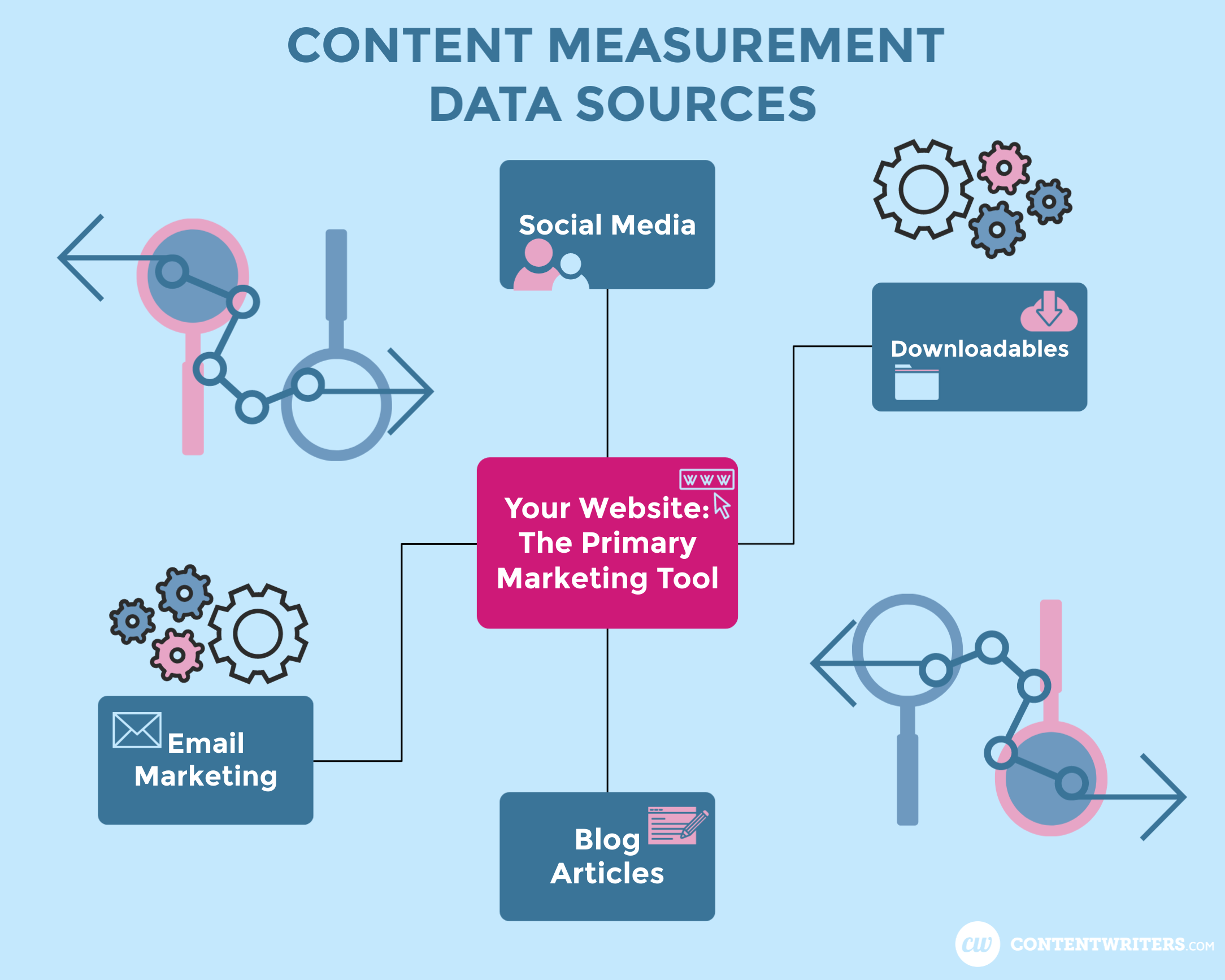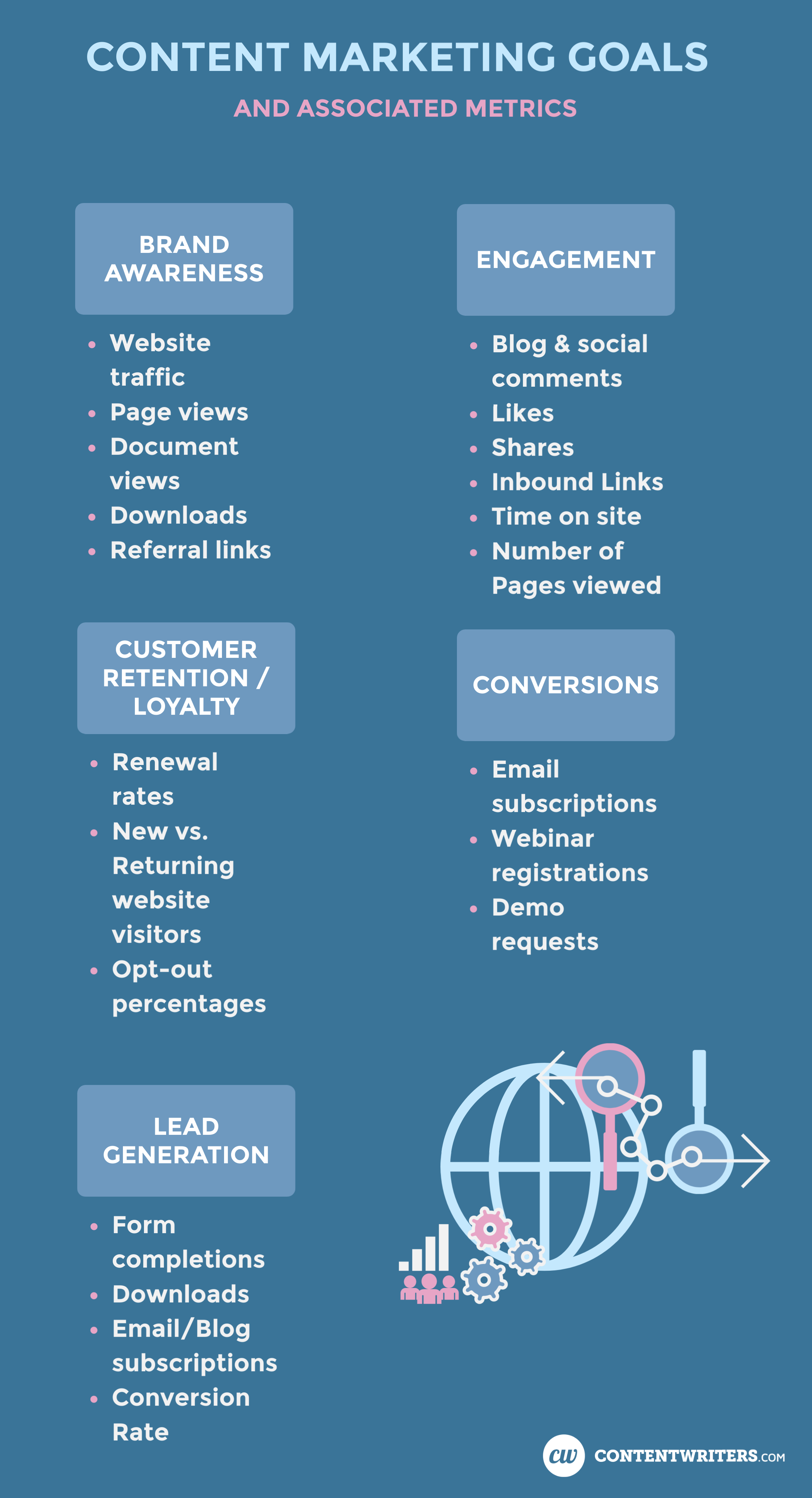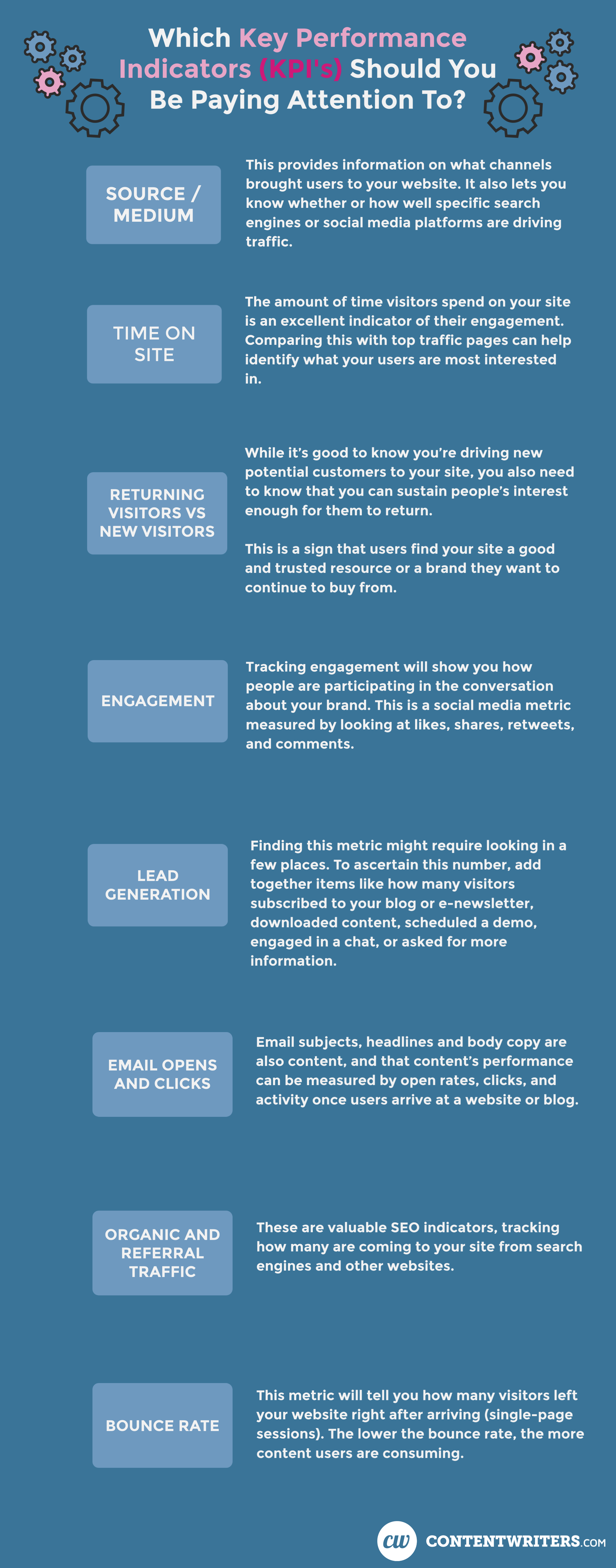
Switching from Volume Metrics to Value Metrics for Measuring Content Marketing Success
We know how important it is for content marketers to tie their results to marketing and business goals. It’s not enough to say that content marketing is working without demonstrable proof—and it’s also no longer acceptable to just hope that content is delivering.
Most content marketers and managers have some kind of content marketing strategy in place that defines goals, campaigns, and tactics. However, it’s rare for their strategies to include content measurement that tracks the performance of their efforts in a concrete way.
Why You Need a Content Measurement Program
Any brand’s content marketing program is central to its success. As such, it’s critical to tie business goals to marketing goals by measuring what works (or doesn’t). It’s not enough to loosely keep eyes and ears on our content marketing, especially when there are so many tools available to provide insight.
For most brands, websites are the primary marketing tool and should be the center of content strategy. All content outside of the website—social media, downloadables, blog articles, email marketing and more—leads back to that primary marketing tool. If your website is where prospect conversion takes place, data that informs the content marketing team on who is visiting, what visitors need, and whether you are resonating with them is necessary for the success of future content.

Content marketers are so often intent on continually pushing out more content that it’s easy for performance metrics to get pushed to the side. Establishing sound measurement practices from the start will enable you to get into the habit of assessment, which allows you to track, analyze, and optimize your content’s performance.
This is important-because no matter how creative, memorable, or popular your content is, every asset will be judged by the impact it makes on your business’s bottom line.
Defining Metrics
Marketing metrics are measurable values that depict the overall performance of social platform accounts, campaigns, or lead nurturing. Depending on your marketing goals and the channels your content marketing team is actively using, metrics will vary.
Metrics can be misleading, though. For example, there are certain metrics that are feel-good numbers: but once you look below the surface, you’ll see that these metrics are not correlated to your business’ success.
This is the biggest problem with using volume metrics alone. Volume by itself doesn’t really inform us with actionable insights. Volume metrics produce no information on what users are interested in or need, and they don’t show us what we can do differently to improve.
Think about customer expectations. Customers want to be able to access the information that’s most relevant to them. Now, think about website traffic alone as a metric. Let’s say website traffic improved by 100%. That’s a great number! Yay team! But you also want to know why that improvement happened. For example:
- What content did users respond to the most?
- What else did they look at while on the website?
- Did they download anything or subscribe to an e-newsletter?
These latter pieces of data are the ones that tell content marketers what content performed the best and whether or not users were converted to customers. These are value metrics.

Volume Metrics – Volume metrics are a quantitative numbers, such as the number of visitors to a website within a certain period of time or how many Facebook followers a brand has. Volume metrics are good for brand awareness and driving traffic. You definitely want to know that you are bringing prospects to your site. Without traffic, there can be no revenue. But these volume metrics may not be all that insightful beyond knowing that you are filling the funnel.
Value Metrics – Value metrics correlate to the content what the value of the content is for your prospects or customers. Comments, shares, blog subscriptions—these metrics inform you about engagement, lead generation, conversions, and loyalty. This information can inform content marketers about what type of content users respond to best, and whether the content makes them enthusiastic enough to share or buy.
Demographic Metrics – These necessary metrics are specific to the user instead of the content. They can include information such as age, gender, or geographical location. For all the obvious reasons, knowing who your prospects or customers are helps content marketers better target content.
Begin With Goals
Without getting existential, the most important question to answer is: “Why am I creating all this content?”
Is it to drive traffic, generate leads, build community, or something else? More likely than not, there are several goals, and different pieces of content are used to further each goal. The metrics you track will solely depend on the goals assigned to your content or campaigns. No content should be created without goals in mind.

Getting Started with Value Metrics
Here’s how to identify what’s working, discover areas for improvement, and determine where to scale back to concentrate on more impactful efforts.
Measuring content marketing doesn’t have to be complicated. There’s no need to measure simply for the sake of having numbers to present to management. Measure to understand content in relation to your goals. If you’re wondering where to begin, these are two helpful questions:
- Does this metric support my goals?
- Will this metric provide me insight into how I can improve or evolve the content?
Evaluating your content marketing activity, from ideation and creation to distribution, is critical to honing your success rate over time. Your analytics are equally effective for identifying and addressing both issues and opportunities in your content strategy.
Sharing at least a monthly report with coworkers, superiors, and other key departments (such as sales) will help everyone understand which key performance indicators (KPIs) matter most. It also helps everyone understand how content marketing impacts overarching company goals.

Watch Your Competitors
No analysis of content marketing is complete without knowing what the competition is doing. There is informative data that you can gather quite easily: look at competitors’ chosen topics for blogs, social posts, white papers, etc. Look at how they execute these. It’s also easy to track how engagement is doing on these assets by looking at likes, shares, and comments. Compare to see if people are engaging best around certain topics, certain types of content, or specific lengths. You’ll be able to provide your team and management with a fuller picture of what needs are being met and where opportunities lie.
Analyze Your Data
Don’t just collect data and add it to a spreadsheet. Analysis is necessary if you want to find opportunities for growth and improvement. It’s productive to analyze as a team, since each person brings a different perspective to what the numbers mean and what types or frequency or quantity changes might improve response. Your data can also point out the best ways to leverage high-performing topics across additional platforms.
Be Ready to Adapt
It’s not just content that evolves. Metrics do, too. Google algorithms change regularly, the Google Analytics platform expands, and social media analytics capabilities often improve over time. In addition, as you gain metric experience, you might discover new metrics to follow. Shifts are inevitable as you fine-tune and measure over time. Adjust and adapt your strategy and tactics gradually, building on both value metrics and volume metrics, and you’ll see results.
Deborah was the kid who would rather write book reports and essays than play ball during recess. Although she didn’t score many points with her peers, it did lead to her career creating content for TV, radio, print and new media for companies as varied as Dooney& Bourke, Panera Breads, Visa, SUNY Ulster and Hudson Valley Federal Savings Bank.
She is also a principal of small packages – a digital design company, and past partner/marketing director of whatis.com, the world’s foremost reference on information technology. And, her love of food enabled her to become a contributing editor of both Gourmet Retailer and Food Distribution Magazines.
Deborah has a bachelor degree in fine art from the Hartford Art School, University of Hartford and a masters in higher education administration from Stony Brook University. When she’s not writing, her love of quilting, furry animals, friends, and family sustains her.




